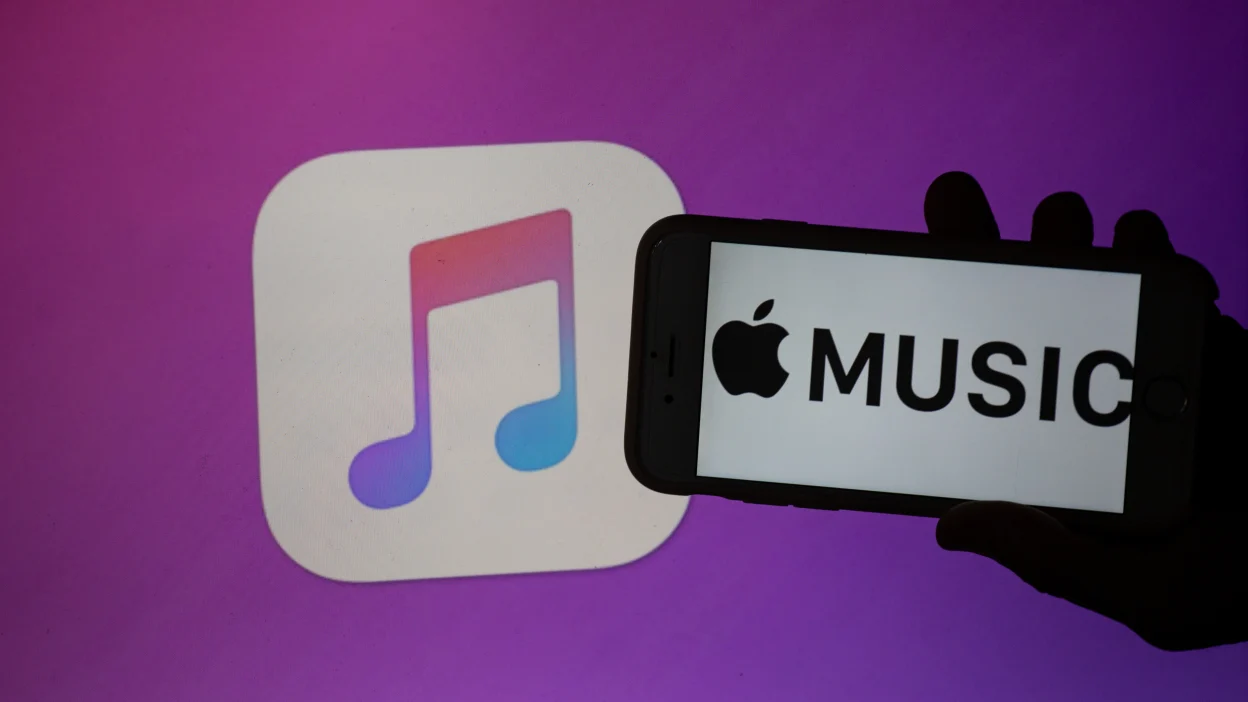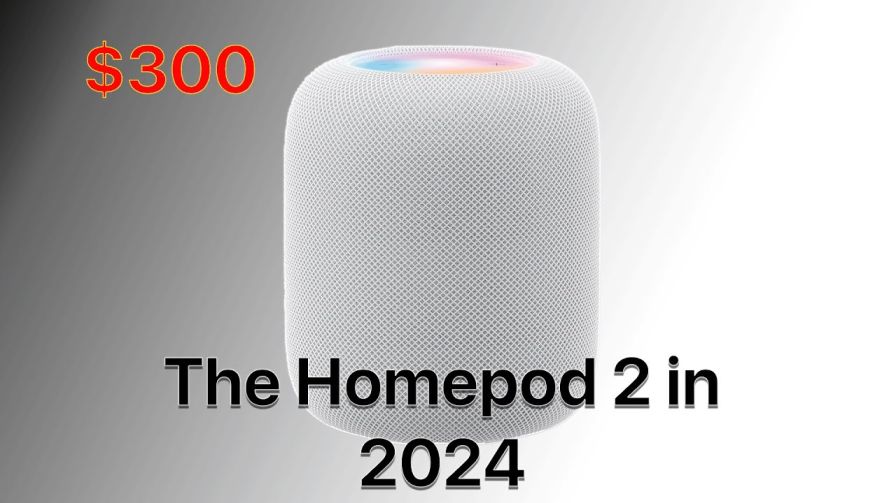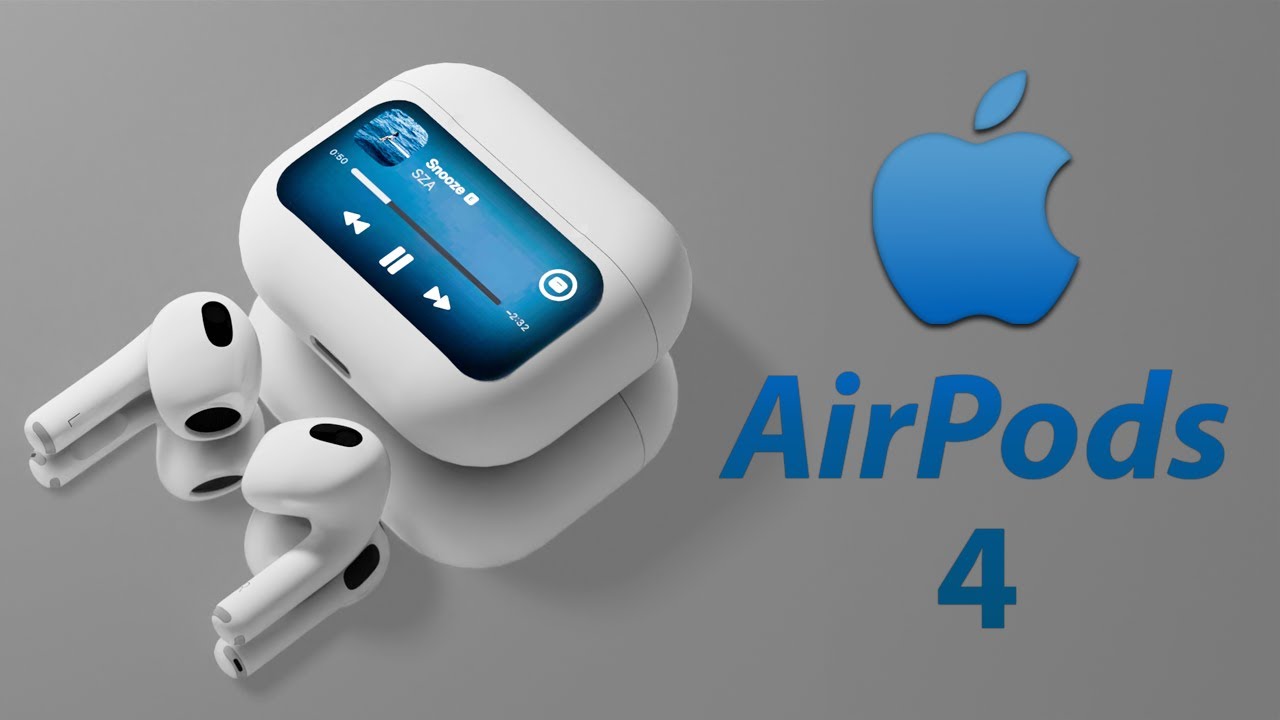The Apple HomePod is back. Almost two years subsequent to ceasing the first HomePod, Apple has restored the Siri-based brilliant speaker with minor enhancements. Albeit the second-age HomePod looks practically indistinguishable from the first, the equation was changed with some unpretentious plan turns and new elements, including temperature and stickiness sensors, support for spatial sound, and incorporation of the new Matter shrewd home convention.
For the vast majority who favor Siri and HomeKit, these overhauls don't make it a must-claim speaker — the more modest, lower-valued HomePod smaller than usual is the better decision. Be that as it may, for music sweethearts, the new HomePod contends sonically with other famous savvy speakers from Amazon and Sonos, regardless of whether it could involve inclination.
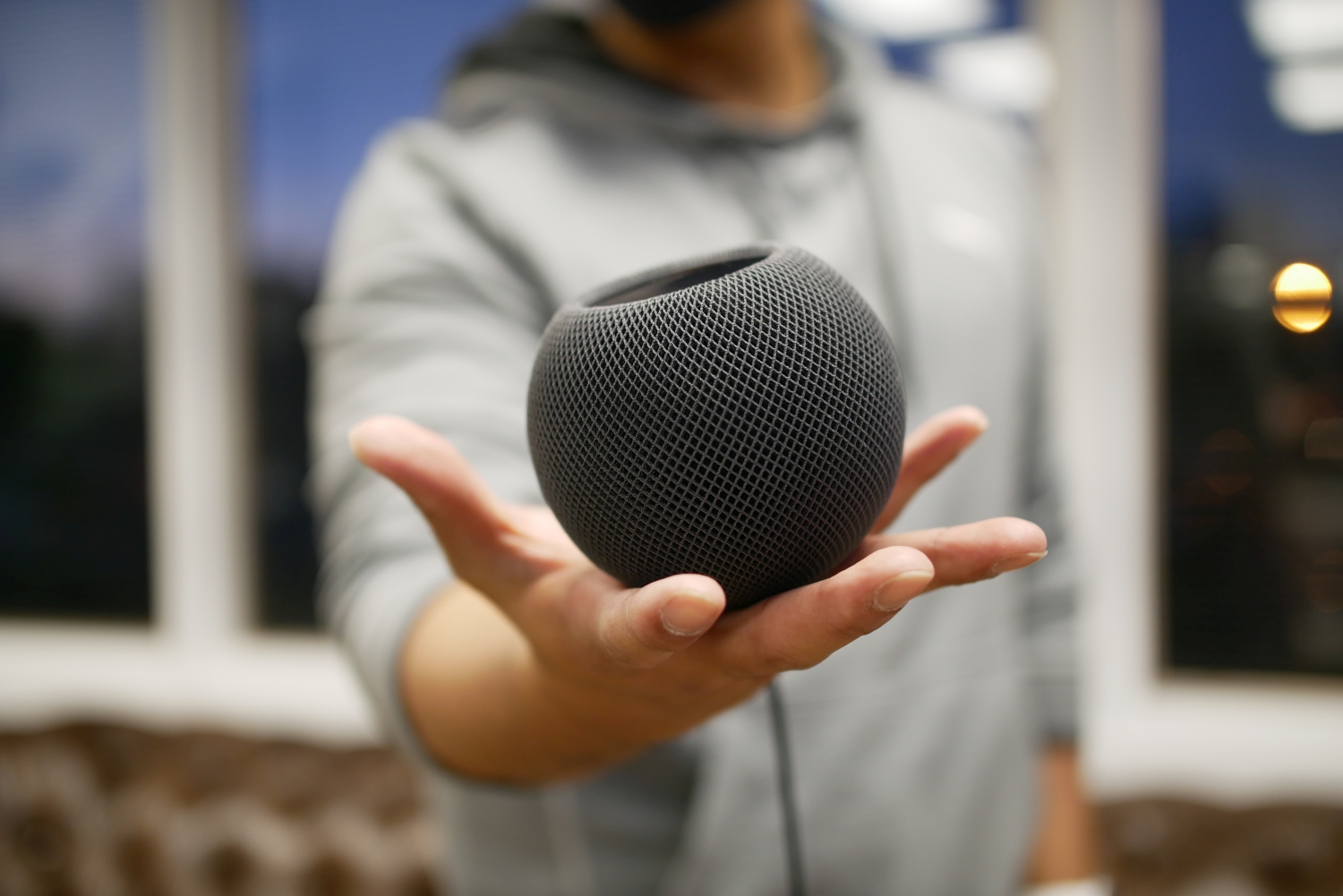
For music fans who are vigorously put resources into the Apple biological system, the HomePod (second era) is Apple's greatest, best-sounding brilliant speaker a move forward sonically from the HomePod smaller than usual. It is approximately multiple times bigger than the Scaled down, integrates five tweeters and a 4-inch woofer, and incorporates an enormous Drove control screen on top, as well as a separable power line.
It's nothing unexpected that the HomePod can play stronger than the HomePod little and convey more bass, and in our tests, its sound quality was serious with the best-sounding brilliant speakers we've attempted. Through Siri voice control, you can play music from Apple Music and other connected real time features, as well as your own iCloud-based music library.
The speaker additionally upholds room detecting (to consequently fit the sound to your current circumstance) and Atmos spatial sound (accessible on many tunes in Apple Music), and you can connect two HomePods together to pay attention to music in sound system mode.
For the individuals who have embraced HomeKit as their shrewd home foundation of decision, the new HomePod and the HomePod small are similarly great control centers, yet the HomePod adds support for the new Matter savvy home convention.
Sadly, the HomePod additionally has its portion of possible drawbacks. Contrasted and savvy speakers from Amazon and Google, the HomePod isn't close to as adaptable or reasonable. It's multiple times more costly than the Amazon Reverberation (fourth Gen) and Google's Home Sound, and $100 more than the Amazon Reverberation Studio, which we favored the sound of in our tests. The HomePod expects you to currently be a Macintosh client somewhat since you really want either an iPhone or iPad to set it up.
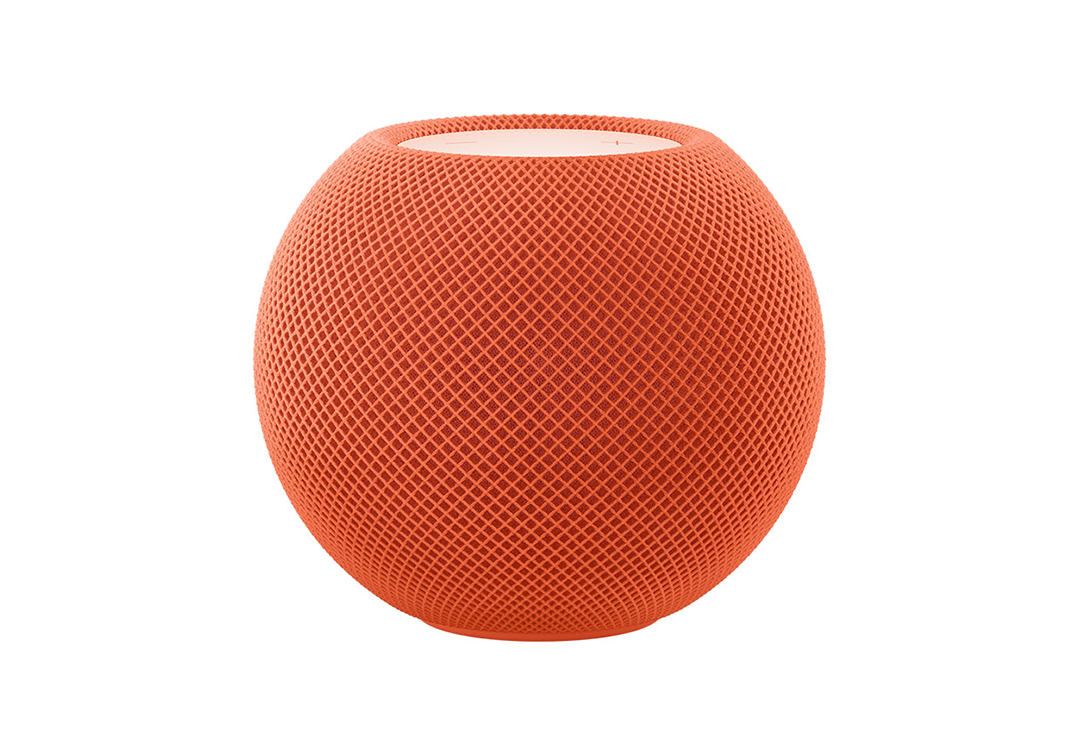
It needs Bluetooth (which all Reverberation and Home speakers have) or a line-sound info (which is highlighted on some Reverberation speakers) to interface outside sound gadgets; AirPlay is the best way to stream outer music sources to it. From a voice control and shrewd home point of view.
Practically everything we like about the $300 HomePod can be found in the $100 Smaller than usual, so its worth is sketchy. Be that as it may, in the event that you're still vacillating about which HomePod (if possibly) you ought to purchase, here's a once-over of what the HomePod gets along nicely and what it doesn't.
What We Like about the HomePod?
No shrewd speaker we've heard sounds on par with a respectable sets of shelf speakers, yet the new HomePod performs well sonically albeit not exactly better than its top rivals in the brilliant speaker classification.
We contrasted the HomePod straightforwardly and two of the better-sounding tabletop speakers that we've tried: the Amazon Reverberation Studio and the Sonos One SL, the two of which typically sell for about $200. (The last option, however in fact not a savvy speaker, is sonically indistinguishable from the Sonos One brilliant speaker, which upholds both Amazon Alexa and Google Collaborator.)
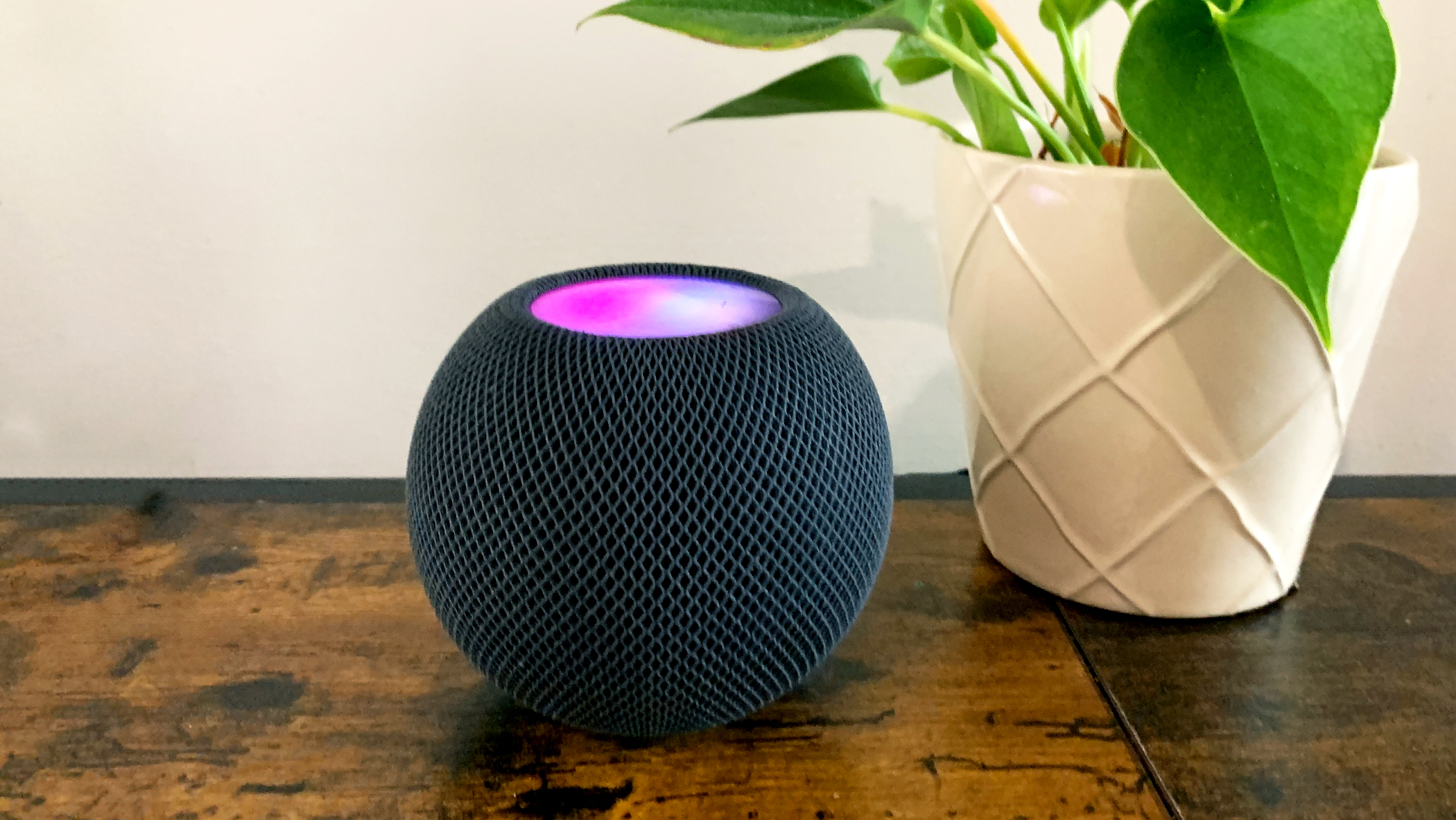
For our listening tests, we matched the volume inside around 1 decibel, which is a scarcely recognizable distinction and all that we could accomplish given the generally coarse volume changes on these speakers. We likewise tried to play music from a similar real time feature (either Spotify or Apple Music) on the speakers so we'd realize we weren't all meeting various forms of a tune.
To our ears, each of the three speakers sounded great, yet they certainly sounded unique in relation to each other. The HomePod's clearest sonic distinction is that the center bass frequencies sound siphoned up. It's not the swelled, dull sound of, say, a terrible vehicle sound system, yet it will in general build the feeling of punch in the reach around 100 hertz, which builds up the hints of bass, synth bass, and kick drum such that a many individuals will presumably like.
It truly drew out the effect of the bass in tunes like Three Days Elegance's "Creature I Have Become" (video) and Audrey Nuna's "damn Correct" (video) without clouding the vocals the manner in which most bass-supported speakers may. In the event that you view the bass knock as excessive, the HomePod settings menu (in Apple's Home application) has a change to diminish the speaker's bass result; you can undoubtedly turn it on and off during playback to see which level you like.
Apple appears to have offset that bass lift with a going with high pitch support, which gives the speaker an at first astonishing sound that functions admirably for most current pop and hip-bounce accounts. Nonetheless, it can sound unnatural for types like society, jazz, and more established rock accounts.
For instance, it de-underlined the guitars in "Creature I Have Become" and appeared to publicity up the bass and vocals. It did likewise for Toto's "Rosanna" (video), which made the tune sound fairly cruel.
In examination, the Reverberation Studio had a significantly more adjusted sound, with more-even proliferation of bass, midrange, and high pitch. In jazz-situated accounts, for example, Patricia Hair stylist's "Difficult situation Is a Man" (video), the Reverberation Studio let us hear a greater amount of the piano and a greater amount of the key (otherwise known as most minimal) tones of the twofold bass. The Sonos One SL likewise had a more adjusted sound than the HomePod, however its bass reaction wasn't exactly as fulfilling.
The HomePod's tweeter plan, with five of them around the top pointing every which way, created a pleasingly roomy sound, whether we paid attention to traditional sound system sound blends or vivid, spatial sound blends from Apple Music. However, it didn't sound quite more roomy than the Reverberation Studio.
Generally speaking, however we partook in the HomePod's sound, it was anything but a reasonable redesign over what you get from the more affordable Amazon Reverberation Studio and Sonos One SL. It was simply unique. Whether you like it boils down to individual inclination. We favored the decent solid of the Reverberation Studio.
It’s a Good Listener
HomePod's implicit Siri voice right hand rushes to perceive and answer voice orders, in any event, while you're conversing with it from across the room, sticking to clearly music, or both. This second era model really has two less mouthpieces than the first (slicing it from six to four).
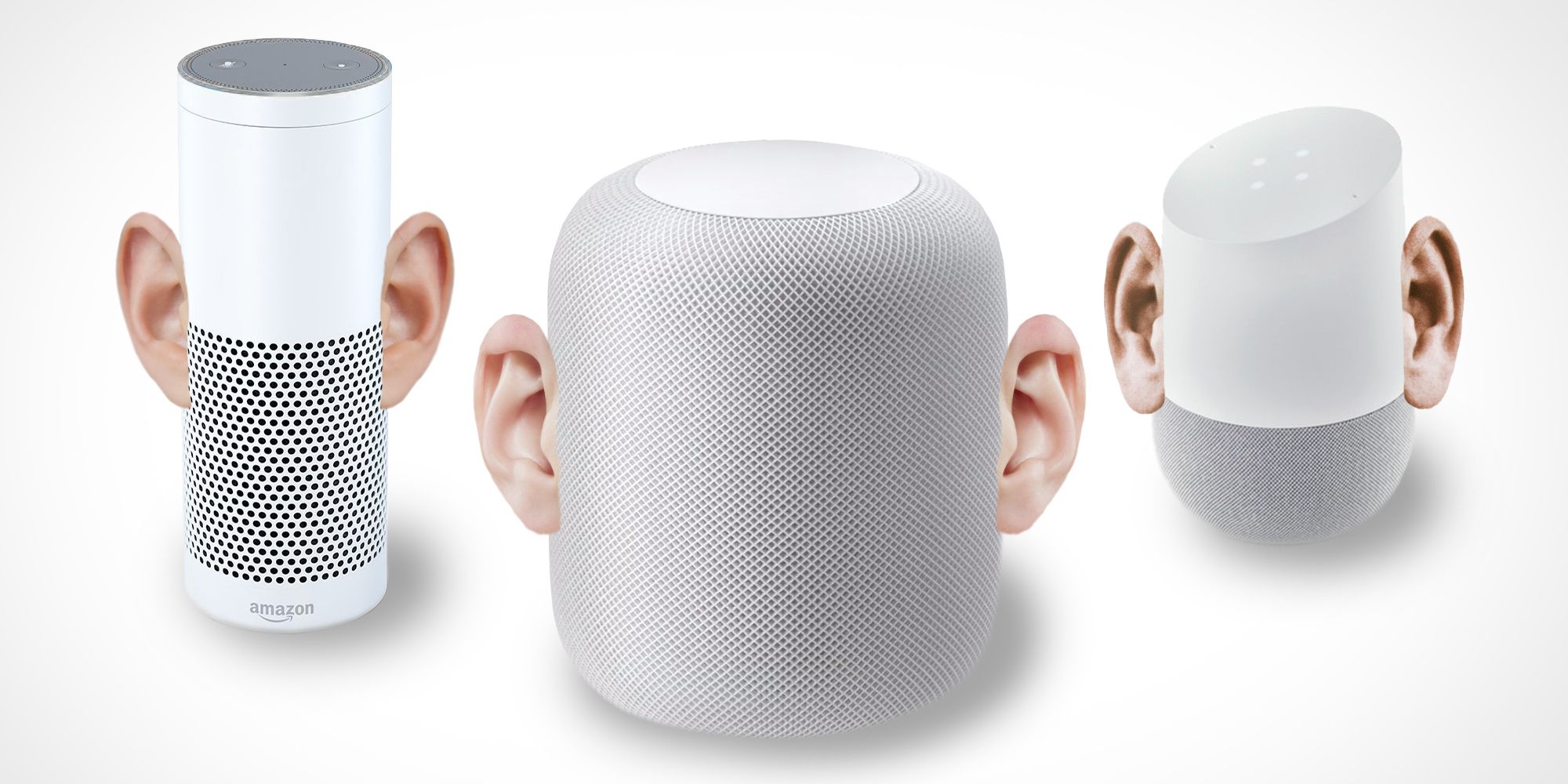
However we actually found it distinguished our voice well and immediately answered questions, music demands, and savvy home orders. Yet, Siri is additionally almost certain than Alexa or Google Voice to guide you to the web for replies to muddled questions.
Handoff is a Convenient Trick
If you have any desire to send a tune or web recording that is playing on your iPhone over to the HomePod, you can basically bring your iPhone close to the highest point of the speaker, and the melody will move over. (You need to empower handoff in your iOS arrangement menu.)
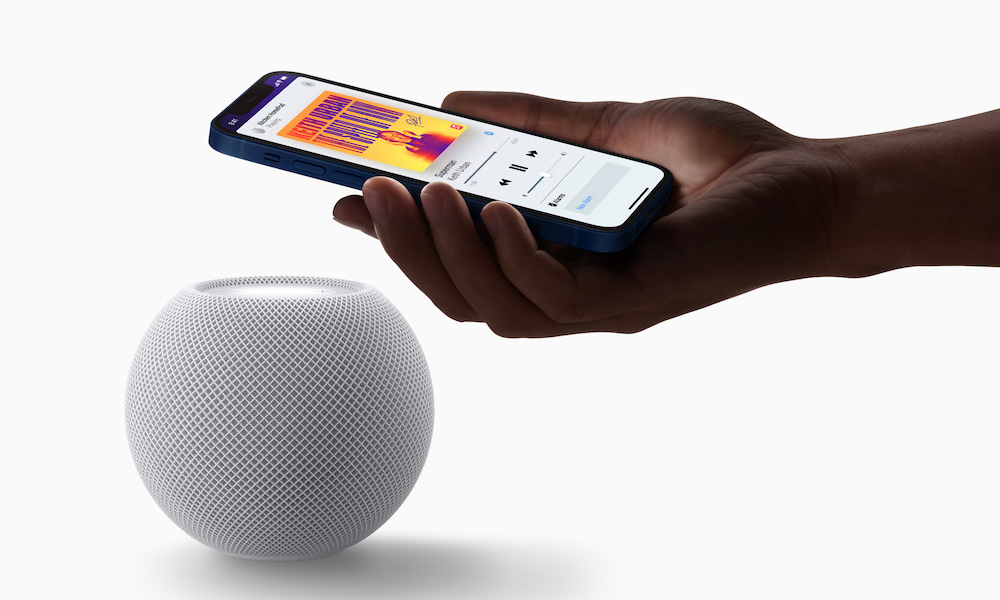
It's more helpful than requesting that Siri play the melody all along, and it's simpler than utilizing AirPlay (assuming you're close to the gadget, at any rate). You can likewise move backward to move a tune from the HomePod to your iPhone. Other iPhones on a similar Wi-Fi organization can utilize the element, as well.
Impressive Temperature Sensing (for a Speaker)
Other brilliant speakers have an underlying temperature sensor, however the Apple HomePod and the HomePod small scale are the only ones with a moistness sensor. These highlights give you continuous input on the condition of your room, which is particularly useful assuming that you've set up a HomeKit-based mechanization that sets off a savvy indoor regulator or humidifier.
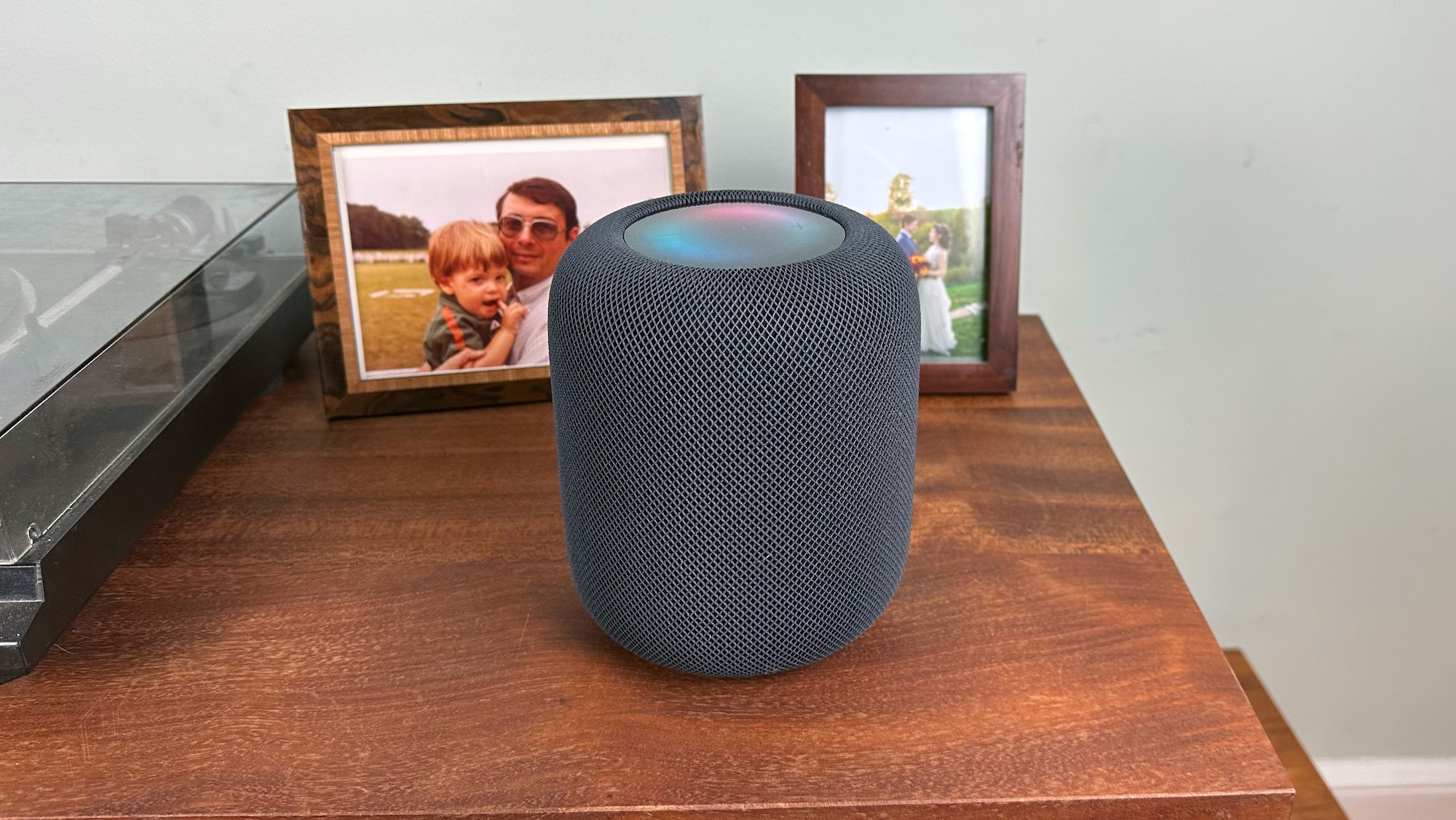
Contrasted and the temperature sensor on the Amazon Reverberation (fourth Gen), the HomePod's sensor is considerably more responsive we saw that the Reverberation could lock on to a similar temperature perusing for a couple of days, while the HomePod's would change at a similar rate as our home indoor regulator.
Apple's Home application additionally makes it simple to track down home environment data, posting all temperature information that it's getting from any HomePods or other savvy home gadgets in your home at the highest point of the application. In examination, the Amazon Alexa application makes it difficult to come by this information, covering it in settings pages, making it effectively open just through mechanizations.
Apple TV and Multiroom Audio Integration
On the off chance that you own an Apple television streaming media player, any HomePods on a similar organization naturally show up as speaker choices in the sound menu. You can set up a home theater sound framework utilizing a couple of HomePods and play Atmos sound soundtracks from administrations that help the organization.
Since the HomePod is an AirPlay 2 gadget, you can likewise integrate it into a Wi-Fi-based multiroom sound framework, alongside the HomePod Small, Apple television, and any outsider AirPlay-2-empowered speakers. AirPlay 2 is likewise remembered for a great deal of AV recipients and televisions.
You can send off playback by means of Siri voice control, move sound around the house, and gather speakers together. In our manual for multiroom remote speaker frameworks, we like AirPlay 2, however just for individuals who are vigorously put resources into Apple gadgets.



